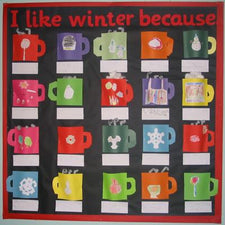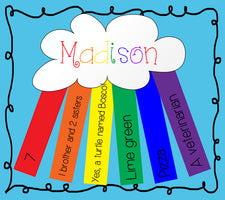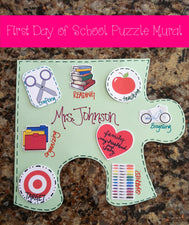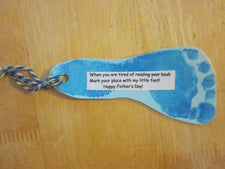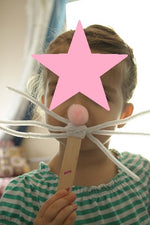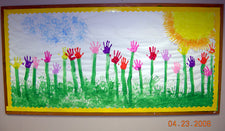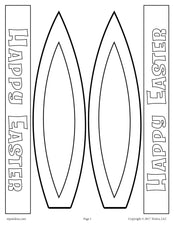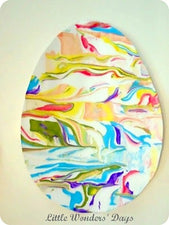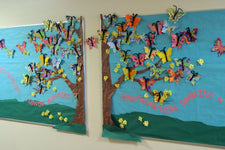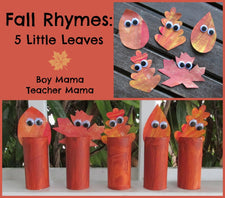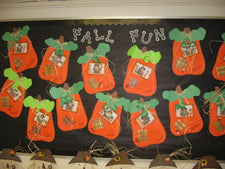Custom Puzzles for the Classroom!
Puzzles help your child(ren) or students develop visual perceptual skills {i.e. the ability to recognize patterns among pieces, determine that straight edge pieces have a different purpose than non-straight pieces, create a mental image of an object or scene and refer back to it, etc.}, problem solving skills, fine motor skills, collaboration skills, and the list could go on and on. Here are a few great ways you can increase or refresh your classroom supply of puzzles {and learning/skill building opportunities!}, without breaking the bank!

DIY Craft Stick Puzzles
We found this great tutorial for craft/popsicle stick puzzles at Crafts~N~Things for Children. Fully customizable, all you need are the sticks {of course!}, a 4" x 6" image, mod podge, a paintbrush, and an X-ACTO™ knife. Placing the craft sticks side by side {and using a piece of tape along the back to keep them secure}, use the paintbrush to mod podge the picture to the sticks and, why dry, remove the tape and use the X-ACTO™ knife to cut the sticks apart again. Presto chango! You've got yourself a homemade puzzle that fits neatly into a plastic baggie or small box for storage. For an exciting twist, have your students draw their very own puzzles to share with classmates and use for skill practice {like these at Family Fun}!

Homemade Wooden Block Puzzle
Have any old wooden play blocks lying around? We found this fantastic puzzle block tutorial at Pink and Green Mama. Marylea suggests collecting recycled calendar pictures, but you can certainly use any image, photo, or print you prefer! The supply list for this project is similar to that above - mod podge, paintbrush, X-ACTO™ knife - but you'll also need to collect larger images, wooden blocks, and {unless you're an exceptional 'eye-baller'!} a ruler. Again, the technique for this project is similar to that above, but the steps are ordered differently. Start by measuring and cutting your photo into equal parts {based on the number and size of your blocks}, then mod podge the pieces to the blocks. The cool thing about this project is, wooden blocks are three-dimensional, offering several surfaces on which to create puzzles! With her 5" x 5" wooden cubes, Marylea was able to make six different puzzles in one! Resources:

